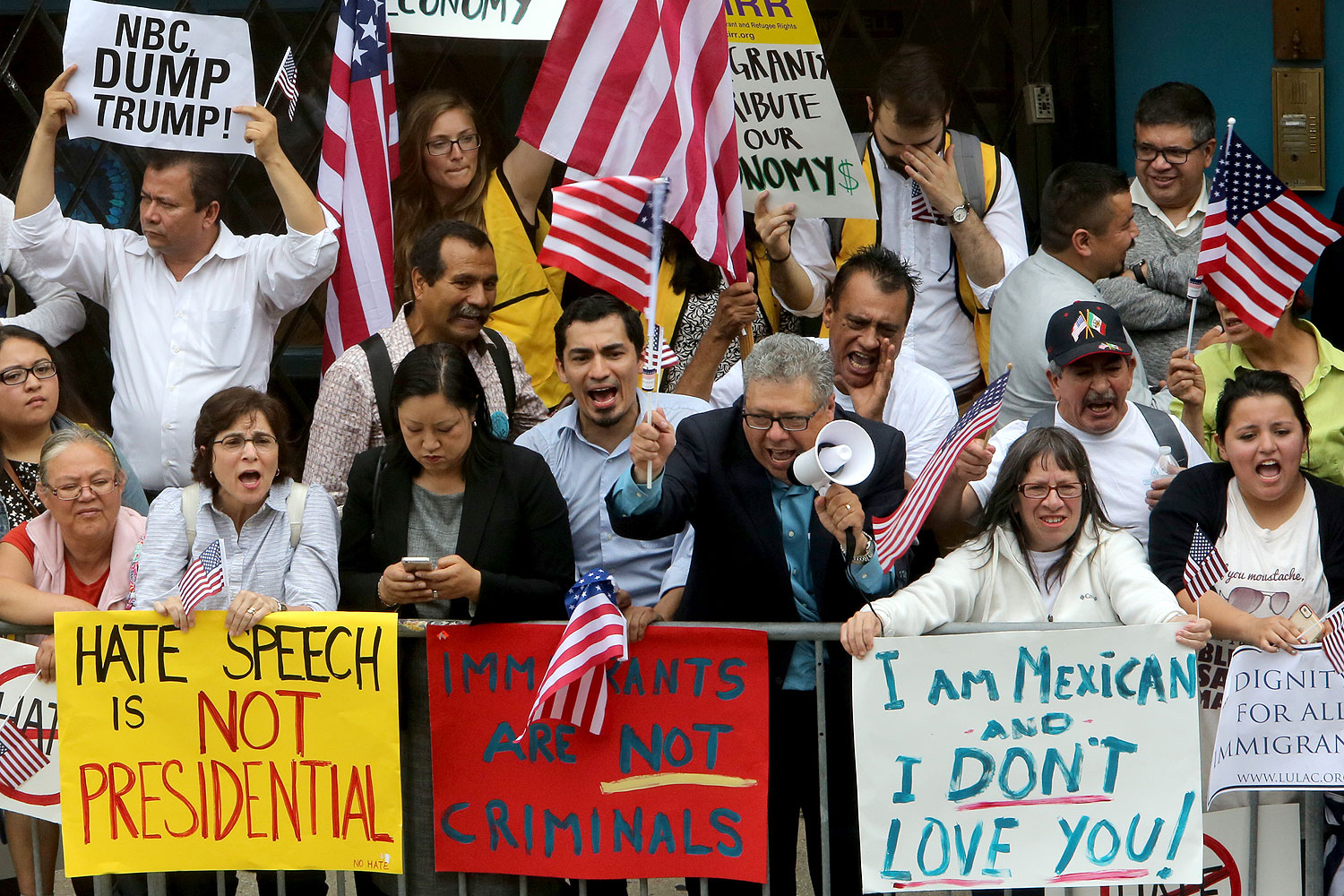It was expected, but perhaps not so soon: Donald Trump signed an executive order today that is the first step toward stripping federal funding from sanctuary cities. Chicago is one of the largest of those, putting its considerable amount of funding at risk—though how much money the city might lose is still unclear.
A couple local outlets ran the numbers, and both came to different but dramatic worst-case scenarios: the Better Government Association, $3.6 billion for Chicago and its "sister agencies," and the Center for Tax and Budget Accountability, $1.33 billion.
But there are a lot of what-ifs that could, and are likely to, reduce that figure considerably. The CTBA analysis notes that, first of all, it has to be written into law—the executive action itself only directs the Department of Homeland Security to examine ways to strip the funding, and has no immediate effect on our coffers. A non-trivial number of sanctuary jurisdictions—mostly counties—are in red states, which could make passing the law unpopular for Republicans. Plus, there is no specific definition for "sanctuary," which is typically judged on a spectrum, and an expansive definition would be politically difficult.
Even if a law is passed, any federal grant funding stripped would have to be "germane" to the purpose of reducing the number of undocumented immigrants in the country. The biggest chunk of federal funding that Chicago receives goes to infrastructure; undocumented immigrants might benefit from having better public transit, highways, and airports, but they're a very small percentage of those who do, and many of the beneficiaries don't live in Chicago at all. Saying that infrastructure funding is "germane" to deportation would be a considerable stretch. That's why the CTBA analysis gives a much more conservative figure for funding that could plausibly taken away: $78 million, a tiny percentage of the city's almost $10 billion budget.
Regardless, the worst-case scenario is unlikely, ironically due to the Obamacare Supreme Court case. In National Federation of Independent Business v. Sebelius, the court ruled that "coercive" cuts to federal funding are unconstitutional if a jurisdiction risks losing a large portion of its budget.
The opinion written by John Roberts, which made the Affordable Care Act's individual mandate possible, also struck down the possibility that states could lose existing Medicaid funding if they opted out of Medicaid expansion—in part because of what a huge blow it would be to state budgets. "The threatened loss of over 10 percent of a State's overall budget, in contrast, is economic dragooning that leaves the States with no real option but to acquiesce in the Medicaid expansion," Roberts wrote.
That was specifically in contrast to an earlier case, in which the federal government threatened to strip five percent of states' federal highway funds if they didn't raise their legal drinking age to 21. South Dakota was the state in question, and five percent of its federal highway funding amounted to one half of one percent of the state budget.
Then, the Supreme Court accepted that such a cut was "relatively mild encouragement"; Roberts called the Medicaid threat "a gun to the head."
So, one half of one percent is an "inducement," while "over 10 percent" is "a gun to the head," which would nix the worst-case scenario where Chicago loses about 14 percent of its budget.
The Roberts court didn't offer any more guidance than that. “We have no need to fix a line [between encouragement and coercion],” Roberts wrote. “It is enough for today that wherever this line may be, this statute is surely beyond it."
A court with a Trump appointee in the Scalia seat could, theoretically, push that line closer to ten percent than one half of one percent, but the Obamacare decision seems to weight it toward a small number. And even getting to that point requires getting through the two other barriers. It all could happen, but the worst-case scenario isn't possible with one pen stroke.



